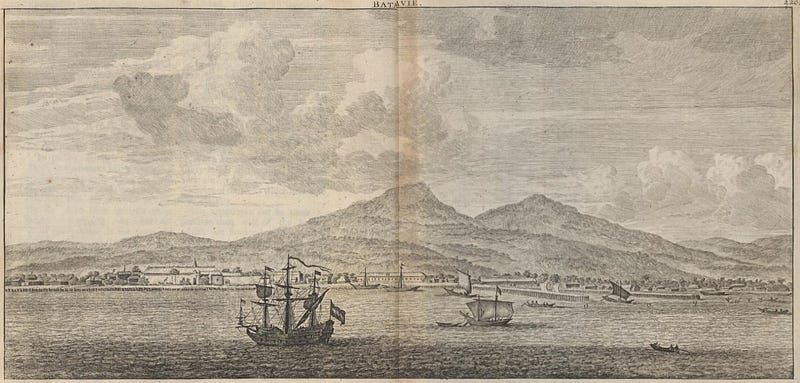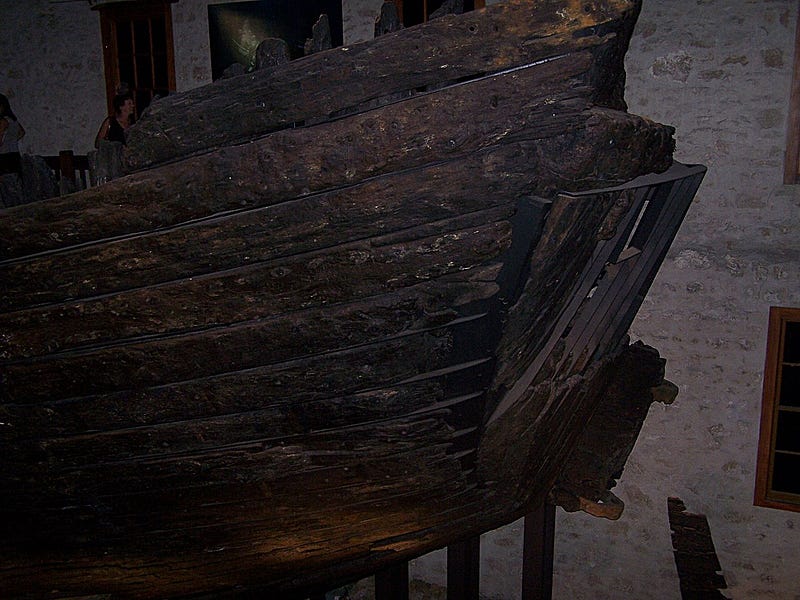# The Gripping Saga of the “Batavia”: Unraveling the Fate of 12 Slain Survivors
Written on
The Ill-Fated Journey of the “Batavia”
The tale of the Dutch vessel "Batavia" is one steeped in calamity, featuring attempted hijacking, disaster, mutiny, and mass murder. Recent archaeological investigations have shed light on the graves of twelve individuals who perished in this harrowing saga of 1629.

Constructed in 1628 in Amsterdam, the "Batavia" served as the flagship for the Dutch East India Company. Its inaugural journey aimed for the Dutch East Indies, specifically the city of Batavia, known today as Jakarta. Among the passengers was Jeronimus Cornelisz, a Haarlem apothecary fleeing his past in Europe.
The Escape from a Troubled Past
Cornelisz was not just a traveler; he was a man on the run. After a devastating loss—his three-month-old son due to syphilis—he faced disgrace in his hometown, partly blaming the child's nanny for the tragedy. Eager to escape the fallout, Cornelisz liquidated his possessions and boarded the "Batavia."
Mutiny on the High Seas
On their voyage, Cornelisz attempted to incite a mutiny, aiming to redirect the ship to the Southland, known today as Australia. Fate intervened on June 4, 1629, when the "Batavia" ran aground near the Houtman Abrolhos archipelago. Out of 341 passengers, only 282 reached a barren patch of land, now called Beacon Island, but historically referred to as "Batavia Graveyard."
The survivors faced dire conditions, with limited access to fresh water. As dehydration took its toll, twenty individuals succumbed to exhaustion. The expedition's commander, Francisco Pelsaert, took a group of sailors and set sail for Java in search of aid.

Cornelisz's Reign of Terror
In Pelsaert's absence, Cornelisz seized contr